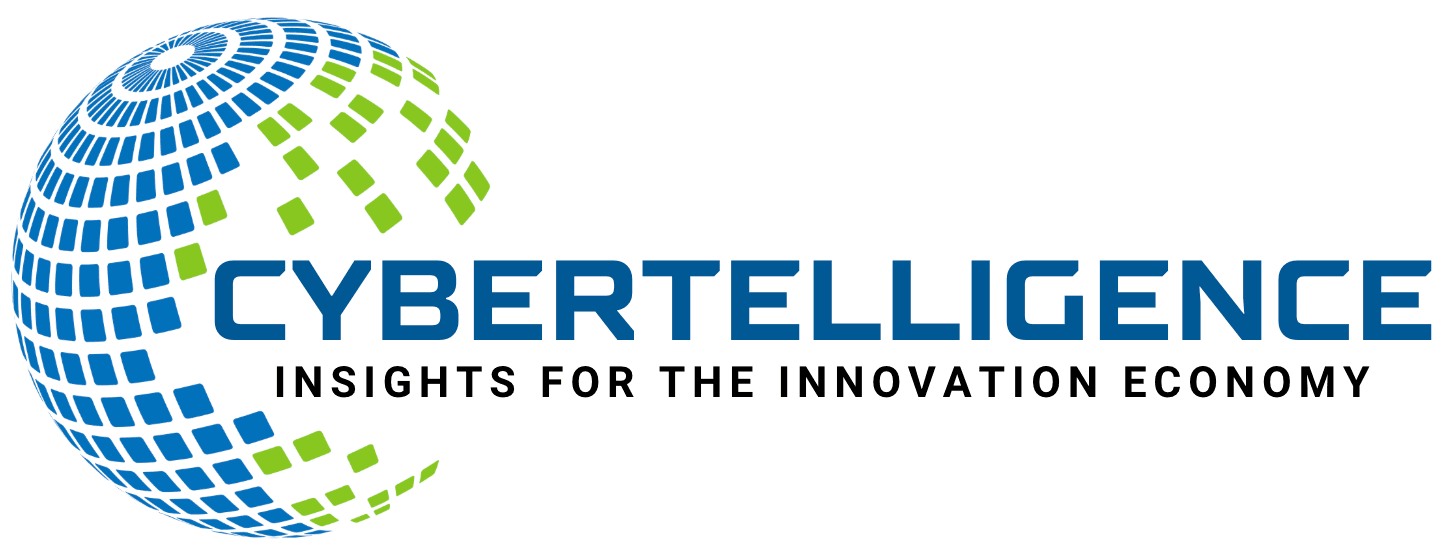Artificial Intelligence (AI) automation is revolutionizing the way we work and live. It refers to the use of intelligent machines and algorithms to perform tasks that traditionally required human intelligence. This includes everything from self-driving cars and virtual assistants to automated manufacturing processes and predictive analytics. AI automation has the potential to streamline operations, increase efficiency, and drive innovation across a wide range of industries. As the technology continues to advance, it is important to understand the impact it will have on the job market, the advantages and disadvantages it brings, and the role of human workers in this new era of automation.
AI automation is already transforming the way we work, and its impact on the job market is significant. While some fear that automation will lead to widespread job loss, others believe that it will create new opportunities and drive economic growth. It is important to consider both the positive and negative effects of AI automation on the job market, as well as the industries that are most affected by this technological shift. Additionally, as AI continues to evolve, it is crucial to understand the role of human workers in the age of automation and the challenges and opportunities that lie ahead.
Impact of AI Automation on Job Market
The impact of AI automation on the job market is a topic of much debate and concern. On one hand, there are fears that automation will lead to widespread job loss, as machines and algorithms take over tasks that were previously performed by humans. This could result in unemployment and economic instability for many workers, particularly those in low-skilled or routine jobs. However, proponents of AI automation argue that it will create new opportunities and drive economic growth, leading to the creation of new jobs and increased productivity.
One of the main concerns surrounding AI automation is the potential for job displacement. As machines become more capable of performing a wide range of tasks, there is a risk that many workers will be left without employment. This is particularly true for jobs that involve routine or repetitive tasks, such as manufacturing, data entry, and customer service. However, it is important to note that AI automation also has the potential to create new jobs in fields such as data science, machine learning, and robotics. Additionally, automation can lead to increased productivity and efficiency, which can drive economic growth and create new opportunities for workers. It is crucial for policymakers and businesses to consider these potential impacts and develop strategies to mitigate any negative effects on the job market.
Advantages and Disadvantages of AI Automation
AI automation offers a wide range of advantages, including increased efficiency, improved accuracy, and reduced costs. By automating routine tasks, businesses can streamline their operations and free up human workers to focus on more complex and creative work. This can lead to increased productivity and innovation, as well as improved customer satisfaction. Additionally, AI automation has the potential to improve safety in industries such as manufacturing and transportation, by reducing the risk of human error.
However, there are also disadvantages to AI automation that must be considered. One of the main concerns is the potential for job displacement, as machines and algorithms take over tasks that were previously performed by humans. This could lead to unemployment and economic instability for many workers, particularly those in low-skilled or routine jobs. Additionally, there are concerns about the ethical implications of AI automation, particularly in areas such as privacy and data security. As AI continues to evolve, it is important for businesses and policymakers to consider these advantages and disadvantages and develop strategies to ensure that the benefits of automation are maximized while minimizing any negative effects.
Industries Most Affected by AI Automation
AI automation has the potential to impact a wide range of industries, but some are more affected than others. One industry that is particularly vulnerable to automation is manufacturing, where robots and automated processes can perform tasks such as assembly and packaging with greater speed and accuracy than humans. This has the potential to lead to significant job displacement in this sector, particularly for low-skilled workers. Another industry that is heavily impacted by AI automation is transportation, where self-driving vehicles have the potential to revolutionize the way goods are transported and delivered. This could lead to job displacement for truck drivers and other transportation workers.
Additionally, industries such as customer service and data entry are also at risk of job displacement due to AI automation. Virtual assistants and chatbots are increasingly being used to handle customer inquiries and support, reducing the need for human workers in these roles. Similarly, automated data entry processes can perform tasks such as data collection and analysis with greater speed and accuracy than humans. It is important for businesses in these industries to consider the potential impacts of AI automation on their workforce and develop strategies to mitigate any negative effects.
The Role of Human Workers in the Age of AI Automation
In the age of AI automation, the role of human workers is evolving. While some fear that automation will lead to widespread job loss, others believe that it will create new opportunities and drive economic growth. It is important for businesses and policymakers to consider how human workers can adapt to this new era of automation and develop strategies to ensure that they are not left behind. One way that human workers can adapt is by developing new skills that are in demand in the age of automation. This includes skills such as data analysis, machine learning, and programming, which are increasingly valuable in industries that are heavily impacted by AI automation.
Another way that human workers can adapt is by focusing on tasks that require creativity, critical thinking, and emotional intelligence – areas where machines are still unable to match human capabilities. By focusing on these skills, human workers can ensure that they remain valuable in the age of automation and continue to contribute meaningfully to their organizations. Additionally, businesses can consider implementing training programs and reskilling initiatives to help their workforce adapt to the changes brought about by AI automation. By investing in their employees’ skills and capabilities, businesses can ensure that they remain competitive in an increasingly automated world.
Challenges and Opportunities in the Future of Work
The future of work is filled with both challenges and opportunities as a result of AI automation. One of the main challenges is the potential for job displacement, particularly for workers in low-skilled or routine jobs. This could lead to unemployment and economic instability for many workers if not addressed properly. Additionally, there are concerns about the ethical implications of AI automation, particularly in areas such as privacy and data security. However, there are also opportunities in the future of work brought about by AI automation. This includes the potential for increased productivity, efficiency, and innovation across a wide range of industries.
Another opportunity in the future of work is the potential for new job creation in fields such as data science, machine learning, and robotics. As AI continues to evolve, there will be an increasing demand for workers with skills in these areas, creating new opportunities for those who are able to adapt. Additionally, businesses have the opportunity to leverage AI automation to improve safety in industries such as manufacturing and transportation, by reducing the risk of human error. It is crucial for businesses and policymakers to consider these challenges and opportunities in the future of work brought about by AI automation and develop strategies to ensure that the benefits are maximized while minimizing any negative effects.
Strategies for Adapting to AI Automation in the Workplace
As AI automation continues to evolve, businesses must develop strategies to adapt to this new era of automation in the workplace. One strategy is investing in training programs and reskilling initiatives to help their workforce adapt to the changes brought about by AI automation. By investing in their employees’ skills and capabilities, businesses can ensure that they remain competitive in an increasingly automated world. Additionally, businesses can consider implementing flexible work arrangements that allow employees to work alongside machines and algorithms in a way that maximizes their strengths.
Another strategy for adapting to AI automation in the workplace is fostering a culture of innovation and creativity among employees. By encouraging employees to focus on tasks that require creativity, critical thinking, and emotional intelligence – areas where machines are still unable to match human capabilities – businesses can ensure that their workforce remains valuable in the age of automation. Additionally, businesses can consider implementing measures such as job rotation and upskilling programs to help employees transition into new roles that are in demand in the age of automation. By developing these strategies for adapting to AI automation in the workplace, businesses can ensure that they remain competitive and continue to thrive in an increasingly automated world.
In conclusion, AI automation is revolutionizing the way we work and live, with significant impacts on the job market, industries, human workers, challenges, opportunities, advantages, disadvantages among others. It is crucial for businesses and policymakers to consider these impacts carefully and develop strategies to ensure that they maximize the benefits while minimizing any negative effects brought about by AI automation. By investing in their employees’ skills and capabilities, fostering a culture of innovation and creativity among employees, implementing flexible work arrangements among other strategies mentioned above; businesses can ensure that they remain competitive in an increasingly automated world while ensuring their workforce remains valuable in this new era of automation.




